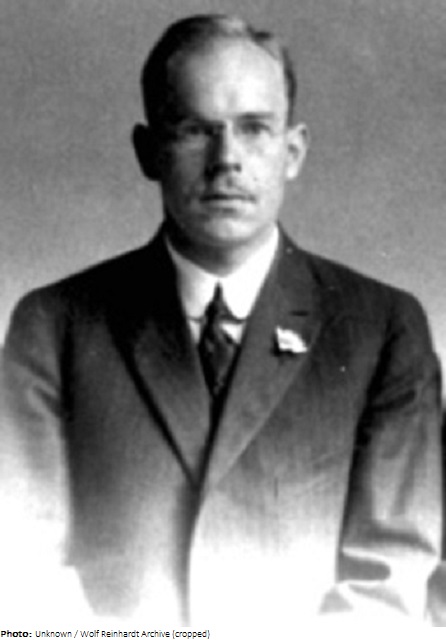John Branner

Biographical information
| Roles | Competed in Olympic Games |
|---|---|
| Sex | Male |
| Full name | John Kennedy•Branner |
| Used name | John•Branner |
| Born | 4 August 1886 in Bloomington, Indiana (USA) |
| Died | 11 September 1968 in San Francisco, California (USA) |
| Measurements | 182 cm |
| NOC |  United States United States |
Biography
As an architect John Branner received an Honorable Mention at the 1932 Los Angeles Games in the Art Competitions in the category Architecture, Designs For Town Planning, together with Dan Ormsbee and Shirley Baker for their work Design for the Stanford Stadium. The work is not listed in the 1932 exhibition catalog, just the photos of the stadium made by Berton Crandall. He likely had submitted the photos, as the architects were awarded an Honorable Mention. The first Stanford Stadium was opened in 1921 as an arena for football and athletics to former plans by C. B. Wing after only 18 weeks of construction. In 1927, under the leadership of Shirley Baker, additional tiers increased the capacity from 60,000 to over 85,000. In 1984, football matches took place here as part of the Los Angeles Olympics, as well as at the 1994 World Cup (men) and the 1999 edition (women). In 2005, the stadium was demolished and replaced by a new building.
Branner was the “architecturally trained son” of Stanford University’s second president, John Casper Branner. After completing his degree in architecture at Columbia University, Branner pursued travel and study in Europe, which he believed was formative to his development as a designer. His principal works include Stanford Stadium, numerous residences in Hillsborough, Palo Alto, and Woodside, several fraternity houses at Stanford, and he served as associate architect with Sir Herbert Baker for Mein Estate, Woodside.
Results
| Games | Discipline (Sport) / Event | NOC / Team | Pos | Medal | As | |
|---|---|---|---|---|---|---|
| 1932 Summer Olympics | Art Competitions |  USA USA |
John Branner | |||
| Architecture, Designs For Town Planning, Open (Olympic) | United States |